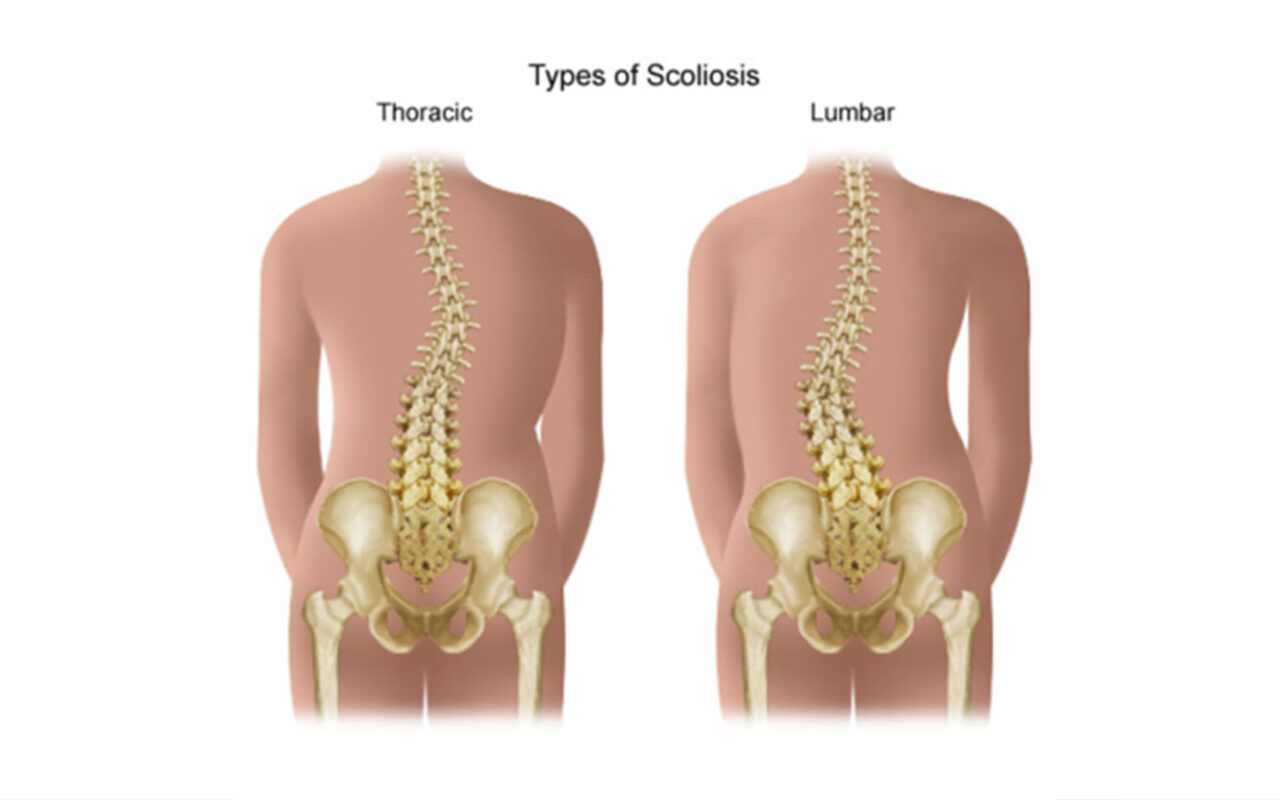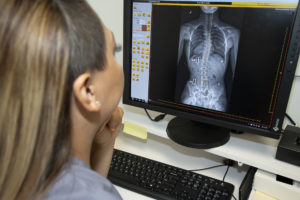Lumbar scoliosis is a condition characterized by an abnormal curvature of the spine in the lower back. It can be diagnosed during adolescence or develop in adulthood. The severity of the curvature varies from mild to severe and can cause an asymmetrical appearance of the waistline, uneven shoulders, and a tilted pelvis.

Defining Disability
Disability generally refers to a physical or mental impairment that substantially limits one or more major life activities. It is not determined solely by a medical diagnosis but also by how the impairment affects an individual’s daily life.
The Impact of Lumbar Scoliosis on Daily Life
Lumbar scoliosis can significantly impact daily life by causing chronic pain, muscle imbalances, and reduced flexibility. These limitations can make activities like walking, standing, bending, and lifting challenging. The condition can also affect participation in recreational activities, sports, and social events.
Evaluating Disability Status
Disability status involves assessing the functional limitations caused by lumbar scoliosis and their impact on daily living and work tasks. Evaluations consider medical criteria, functional limitations, and the individual’s ability to engage in substantial gainful activity (SGA).
Medical Criteria for Determining Disability
Is Lumbar Scoliosis a Disability?
Medical criteria for disability due to lumbar scoliosis vary by jurisdiction. Generally, they consider the degree of spinal curvature, the presence of pain and other symptoms, and the response to conservative treatments. Medical imaging, such as X-rays or MRI scans, helps assess the severity of the curvature and associated complications.

Functional Limitations and Lumbar Scoliosis
Functional limitations refer to difficulties in performing tasks due to impairment. For lumbar scoliosis, these may include reduced mobility, decreased endurance, and limitations in bending, lifting, or prolonged standing. Such limitations impact daily activities like dressing, bathing, and cooking.
Assessing Activities of Daily Living
Evaluating an individual’s ability to perform activities of daily living (ADLs) is crucial for determining disability eligibility. Standardized assessment tools or interviews may be used to gather information about personal hygiene, dressing, eating, and mobility. The impact of lumbar scoliosis on these activities is considered in relation to the individual’s overall functional capacity.
Work-related Implications of Lumbar Scoliosis
Lumbar scoliosis can affect an individual’s ability to work, particularly in jobs requiring physical exertion, prolonged standing, or heavy lifting. The condition may lead to decreased productivity, increased absenteeism, and the need for workplace accommodations. These factors are considered in disability evaluations related to work.
Social and Psychological Effects of Lumbar Scoliosis
Beyond physical limitations, lumbar scoliosis can have social and psychological effects. Visible deformities and pain can lead to self-consciousness, body image issues, and reduced self-esteem. Social interactions may be limited as individuals may avoid certain activities or feel constrained in participation. These psychosocial factors are important when evaluating the impact of lumbar scoliosis on disability status.
Legal Considerations for Disability Eligibility
Disability eligibility laws vary across jurisdictions. In many countries, including the United States, specific laws and regulations define disability criteria, the evaluation process, and available benefits or accommodations. Individuals with lumbar scoliosis should understand the legal considerations and requirements in their jurisdiction.
Conclusión
Lumbar scoliosis significantly impacts daily life, including physical, functional, social, and psychological aspects. While it may not automatically qualify as a disability, the functional limitations and their effects on daily living and work are crucial in determining disability status. Medical criteria, functional assessments, and legal considerations all play a role. Individuals with lumbar scoliosis should seek appropriate medical care, understand their rights, and explore available resources and support systems.

